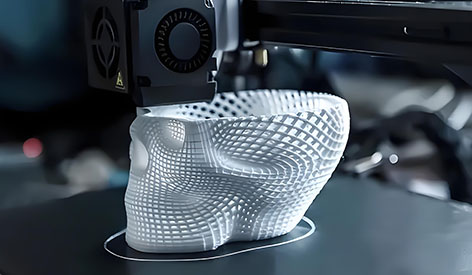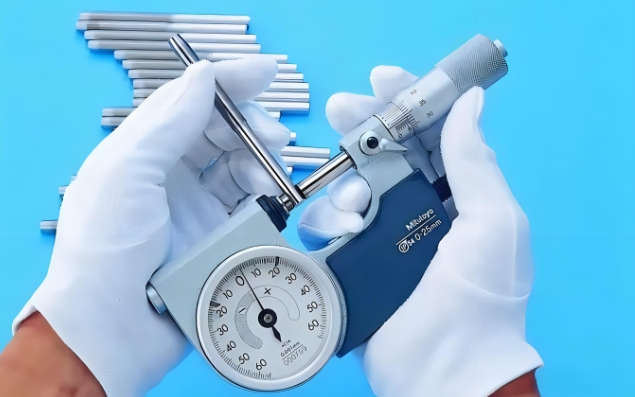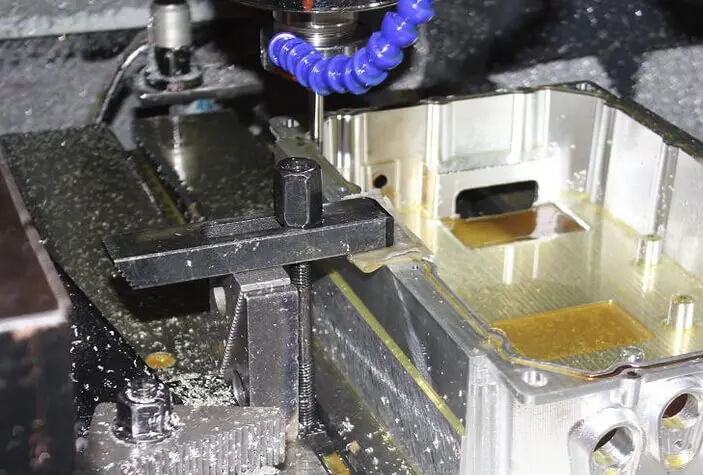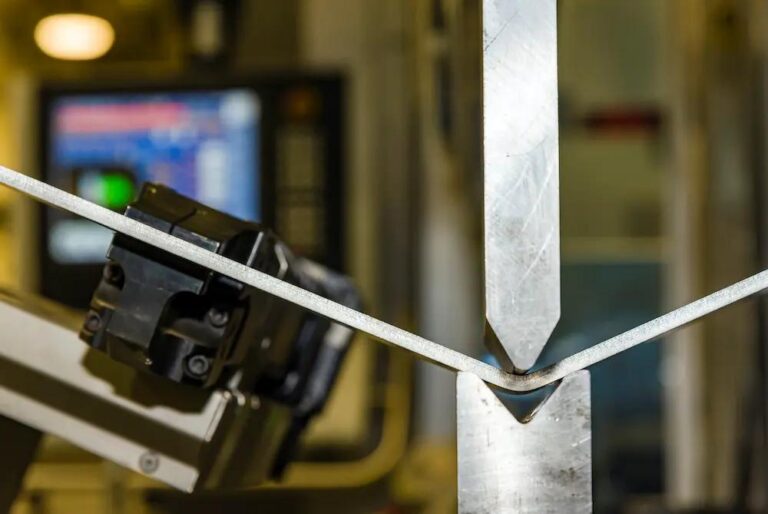Why is the selection of transparent parts hand plate process crucial?
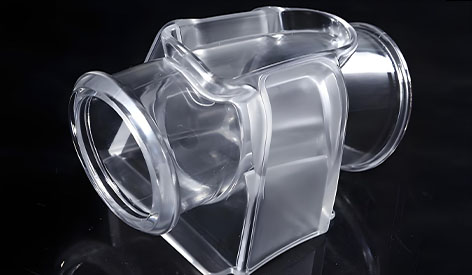
In high-end fields such as automotive lampshades, medical device housings, electronic product panels, etc., the transparent parts hand plate is the core link to verify the optical performance, assembly precision and appearance effect. Process selection directly affects:
The light transmittance and surface clarity of the prototype
The feasibility of molding complex structures
The efficiency control of the product development cycle
The technical risk avoidance of mass production conversion
In-depth comparison of the four core processes
1. CNC precision machining: high optical performance benchmarks
Core Advantages
✓ Ultra-precise dimensional control (tolerance ±0.05mm)
✓ Native optical performance of PMMA/PC engineering plastics
✓ Diamond polishing to achieve glass-grade light transmission rate
Typical Applications
▶ Optical verification of automotive lamp lenses ▶ Transmittance testing of medical observation windows ▶ High-end display samples
Technical Tips
Complex internal cavity structure requires disassembly and processing, and post-processing requires professional non-traceable bonding
2. Vacuum remolding: the optimal solution for small batch and multi-versions.
Innovative solution
✓ Based on CNC master copy silicone mold
✓ Transparent PU material + UV spraying to achieve a glass-like effect
✓ A single mold can produce 15-20 pieces of prototypes
Typical Applications
▶ Multi-version verification of electronic product panels ▶ Assembly testing of overmolded parts ▶ Short-term exhibition samples
Technical Tips
Vacuum injection molding machine is used to eliminate air bubbles, with an accuracy of up to ±0.1mm
3. SLA light curing: complex structure nemesis
Technological breakthrough
✓ Direct molding of 0.2mm ultra-thin wall thickness structures
✓ Transparent photosensitive resin to support skeleton design
✓ Iteration within 72 hours
Typical Applications
▶ Microfluidic chip prototypes ▶ Complex light-guiding structure verification ▶ Conceptual stage appearance review
Key Limitations
✘ Native part haze>85%, nano-coating is needed to enhance light transmission
✘ Mechanical properties are only 30% of PC materials
4. Injection molding: mass production outposts
Irreplaceable value
✓ Realistic simulation of PMMA/PC injection molding process
✓ Detection of production defects such as fusion line/shrinkage mark
✓ Getting accurate data of material shrinkage rate
Typical Applications
▶ Car lampshade weathering test ▶ Medical device housing light transmission certification ▶ 10,000-piece life verification
Technology evolution
Aluminum mold rapid tooling technology compressed cycle time to 7-10 days
Process Decision Matrix: Four Steps to Accurate Matching
| validation target | Preferred Process | Key technical considerations |
|---|---|---|
| Optical Performance Limits | CNC machining | Polishing grade>#3000 mesh |
| 10+ piece assembly validation | Vacuum re-molding | Positioning pin accuracy ±0.05mm |
| Iteration of heterogeneous structures | SLA Light Curing | Post-treatment coating thickness control |
| Mass production consistency | Injection molding test | Mold exhaust system optimization |
Three benefits of working with top manufacturers

Process combination innovation
▶ CNC+SLA hybrid process to solve ultra-complex transparent parts
▶ Secondary CNC machining of compound molded parts to improve the accuracy of critical surfaces
Material Database Support
▶ PMMA/PC Transmittance-Thickness Curve Library
▶ Food Grade/Medical Grade Transparent Material Certification
Optical Inspection System
▶ Automatic Haze Measuring Instrument ▶ Spectral Analyzer ▶ 3D Profile Scanning
Conclusion: Transparent parts handpiece has been upgraded from purely appearance verification to a core verification tool for optical performance quantification, assembly reliability, and mass production feasibility. Mastering the technical boundaries of the four major processes and dynamic selection in conjunction with the milestones (proof of concept/engineering/production validation) will significantly accelerate the time-to-market process.
